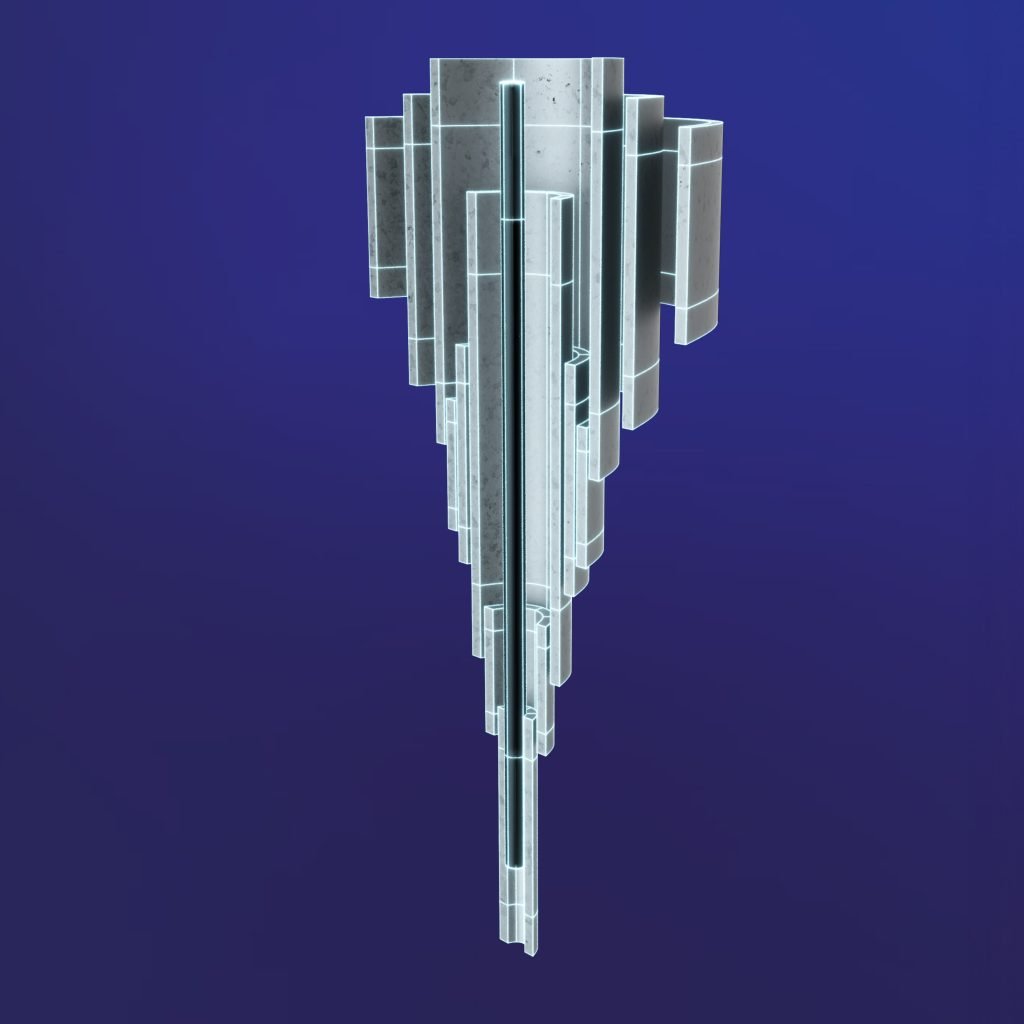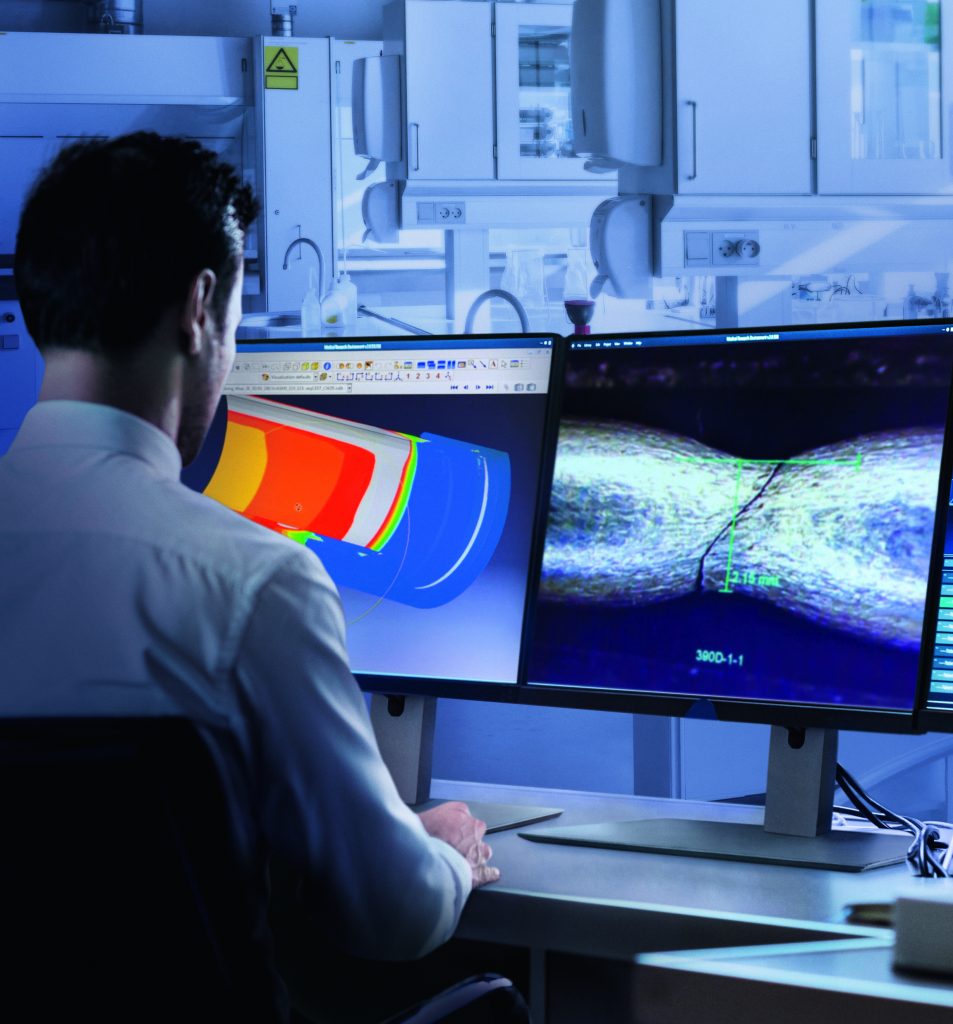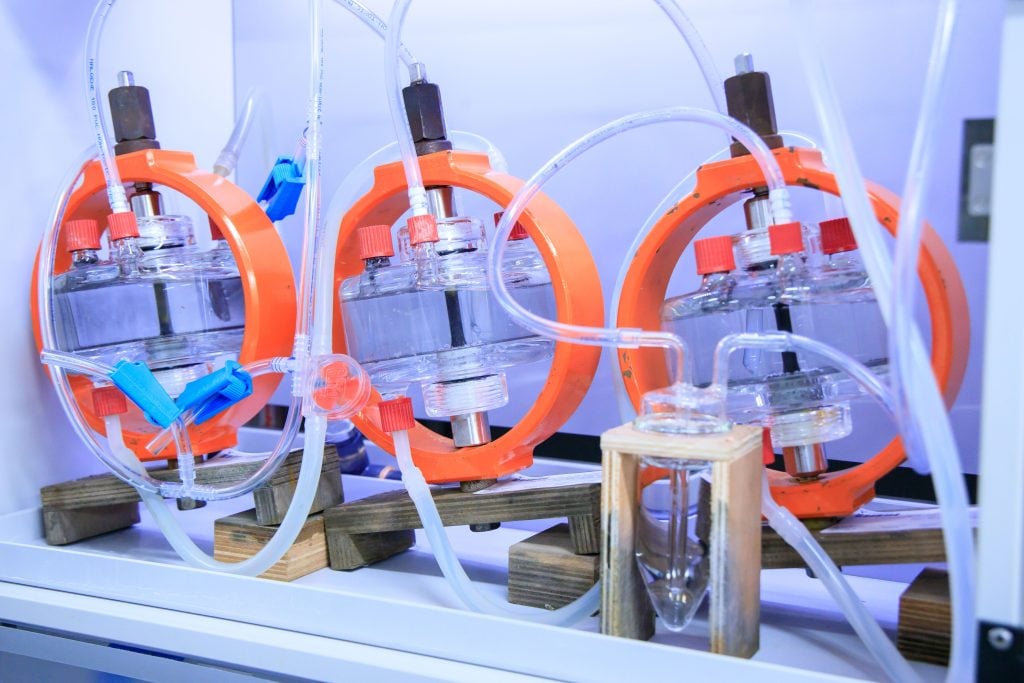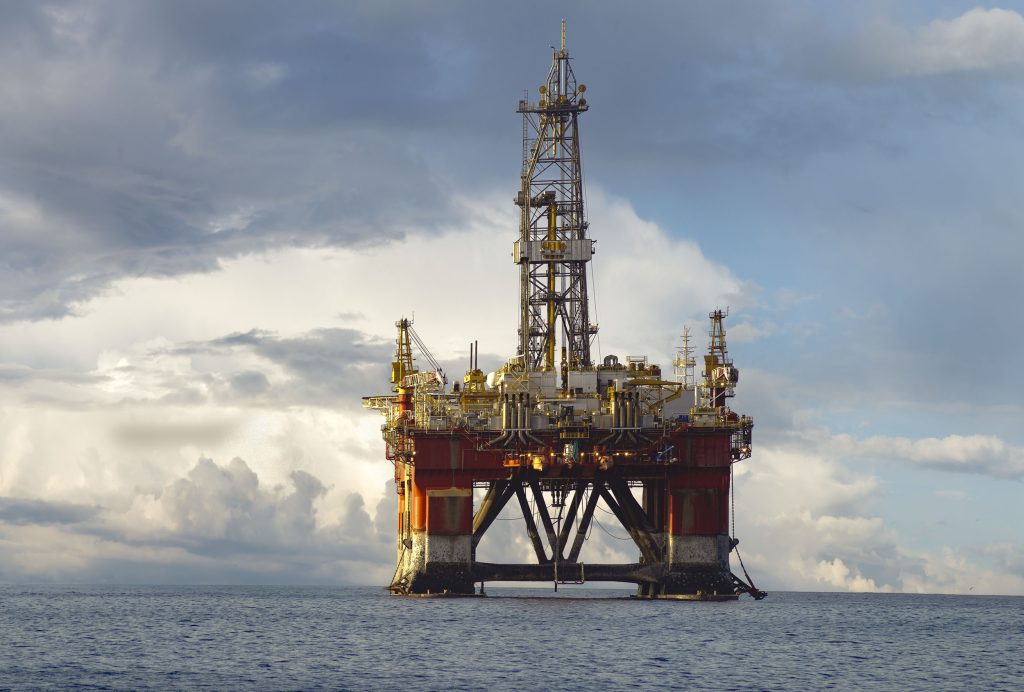Bringing greater value to well design with Vallourec Engineering Services
Well design includes identifying a site’s environmental conditions, selecting the right materials, and ensuring safe, cost-effective running of the project. When operators design a well, having the expert guidance of premium pipe manufacturers is an invaluable part of the process. This is where Vallourec’s Engineering Services comes in, providing skills and expertise in well engineering to accompany its customers in designing and optimizing the efficiency of their wells to ensure integrity throughout the project. Well Engineering Manager Toufik Maidi shares his thoughts on the intricacies of well engineering and the role he plays in achieving this crucial step in any project.
Planning and constructing a well is a multidisciplinary process, involving the careful consideration of many variables. To ensure they’re making choices that will result in the best results for their wells, operators look to the support of pipe manufacturers’ well engineering experts.

That’s where Vallourec engineers, such as Toufik Maidi, enter the picture. “The oil majors have the engineers and software to support their well design activities, and we provide them with a dedicated review based on our connection and material expertise to propose optimized solutions”, Toufik says. “They’re looking for advice on which products and grades would be best adapted to their specific well architectures.”
Vallourec engineers also work with operators who may not have access to corresponding tools and resources. In these instances, Vallourec engineers can provide a full study based on the customer’s input.
Safety, quality and cost reduction are all linked. It involves careful planning to ensure optimal resource recovery, operational safety, and sustainability.
This Well Engineering service is part of Vallourec® Services’ portfolio which leverages its product and industry knowledge to offer a wide range of services from well design to running optimization, accompanying operators throughout their entire value chain.
Putting the pieces in place
Before design begins, significant preparation work is required. Vallourec Engineers collect customer feedback and information on the environment they’ll be building in before carrying out studies to determine components of the well. These are executed using simulation software, which processes complex formulas to predict outcomes that would otherwise take weeks to define. “The software we use is the most used in the industry,” Toufik says. “We trust WELLCAT™ for its precise engineering calculations and its ability to model complex scenarios. This software has been tested widely and is the same that our customers use.”
Vallourec engineers use WellScan™ to analyze torque as well as drag, assessing whether casing can be rotated and/or run to the desired well depth. This software also simulates casing wear, determining whether the casing can withstand the expected loads after localized wall loss as it’s run-in-hole. “Casing wear caused by drilling operations is a growing concern,” Toufik says. “During drilling, your drill string will be in contact with the previous casing and induce internal wear. With WellScan™, we can analyze the amount and orientation of the wear to mitigate the risk of collapse and burst.”

Well design, material selection and connection selection are dependent on well loads, downhole conditions, produced fluid and formation characteristics. Engineers analyze all input data to select the appropriate material grades that will withstand such downhole conditions, while also leveraging our extensive VAM® connection portfolio.
They also analyze stress induced by thermal effects with specific simulations of flow and heat transfer during drilling and production. “The further you go, the hotter it gets,” Toufik says. In other words, mechanical properties of material ran in the well are derated due to temperature effects. Moreover, temperature will induce axial stresses that need to be taken into consideration in the design.
“By assessing the well’s condition and the corrosion mechanisms at stake, we are able to recommend the most relevant material to use,” Toufik says. “We also leverage Vallourec’s large testing database and in-house testing facilities to corroborate results.”

A deep dive into pipe essentials
In addition to Well Design training for employees, Vallourec offers Tubular Essential workshops to customers. This training provides them with essential knowledge of pipe manufacturing, quality standards and specifications, well design, as well as connection and material selection.
“Customers may be unaware how exactly pipes are manufactured or how we qualify them, so it’s beneficial for them to deepen their knowledge” Toufik says. During training, participants spend several days learning theoretical background before visiting one of Vallourec’s mills. Here, they can better understand how pipes are manufactured, treated and finished.
“After training, customers have a better understanding of our manufacturing and qualification processes applied to our products” Toufik says. “Tubular Essentials also gives us an opportunity to introduce them to our solutions and proprietary offers It’s all about building trust and proximity.”
Outcomes that keep giving
Vallourec engineers’ expertise can make a huge difference in terms of well integrity and cost savings. For example, Toufik recalls one project in which he supported one of Vallourec’s integrated oil company customers in the Gulf of Mexico. “During drilling, the customer expected a high level of horizontal stress, so they wanted a high-collapse product,” Toufik says. “They gave me the initial casing design, which I tried to optimize. I managed to reduce the weight and increase the collapse capacity of the design by 11%, therein reducing the cost by up to 20%.”
Vallourec teams’ contributions also benefitted a national oil company in the Middle East that was designing a well within a corrosive environment. “The operator wanted to go with a carbon steel grade, which wasn’t adapted to related environment,” Toufik says. “Their idea was to replace the tubing every three years, which is costly. We were able to propose a grade offering better compromise, based on 3% Chromium, which saved up to 40% of the string cost. That’s the kind of optimization we can offer to our customers.”

As well design is a collaborative process on many levels, working closely with the customer is just one of the partnerships that helps achieve high-performing results. The involvement of many experts is needed to accomplish this challenge. “You have the geologist, the reservoir engineer – lots of different specialists,” Toufik says. “I bring my own expertise as a drilling engineer and a mechanical engineer with a petroleum engineering background. You need all of those stakeholders together to execute the project successfully.”
Because Vallourec knows best how its products will perform in each environment, we are uniquely qualified to provide expertise and services tailored to customer needs. This added value extends to well engineering, the quality and security of which is strengthened by our understanding of the industry, testing procedures and manufacturing. “We know the lay of the land and have the materials best suited to the environment,” Toufik says. “Bottom line, we’re here to leverage our experience to help our customers build safer and more efficient wells.”


